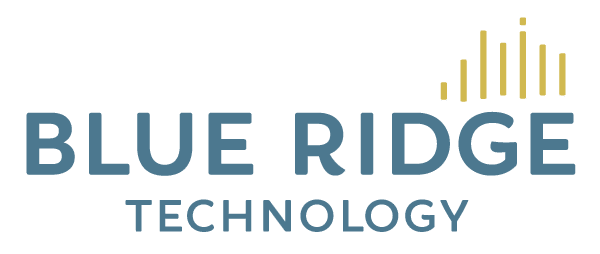Ashville NC IT Support Company | Blue Ridge Technology, Inc.
Have You Implemented MFA Yet? Don’t Wait Any Longer. (FREE GUIDE)
What Is MFA?
MFA stands for multifactor authentication. It’s a category of authentication methods that offer far greater security than the internet’s standard “username + password” system. If you’re not sure exactly what authentication means in this context, start with that username + password. At virtually any website you visit, those two elements tell the site that you’re you. (Sort of: technically it just tells the site that someone has credentials that only you should have — and that’s where the problems start.) You’ve probably come across two-factor authentication (2FA) somewhere in your business or personal life. There are lots of ways to do it, but the most consumer-familiar version is when a company asks for your username and password, then texts or emails you a temporary code that you also have to enter. This is a lot harder to beat if you’re a bad guy: you need physical access to the victim’s phone, or some rather fancy way of intercepting that text message. Multifactor authentication (MFA) steps it up even further, requiring more complex types of authentication and/or more of them. The best MFA systems require three categories of authentication:- Knowledge: password, secret question
- Possession: USB key, authenticator app
- Inherence: biometric identification like Face ID or fingerprint
Why MFA Matters
MFA matters because your business relies on the security of various digital accounts. Usernames and passwords are hard to remember, easy to lose, easy to steal, and (relatively) easy to crack. The stakes could be as high as the continued viability of your business. And with stakes that high, single-factor authentication (username + password) just isn’t good enough. When you add a second or even a third layer of authentication, you make it exponentially more difficult for the bad guys to break into your digital systems. Put on your bad-guy ski mask for a second and try to envision what it would take to break into a knowledge/possession/inherence system.- Knowledge: stealing or cracking passwords is relatively easy to do.
- Possession: physically stealing someone’s USB key (without them noticing!) is much more difficult, as it requires physical proximity and skill.
- Inherence: unless you’re at chopping-fingers-off level of criminality, this one’s a no-go.
